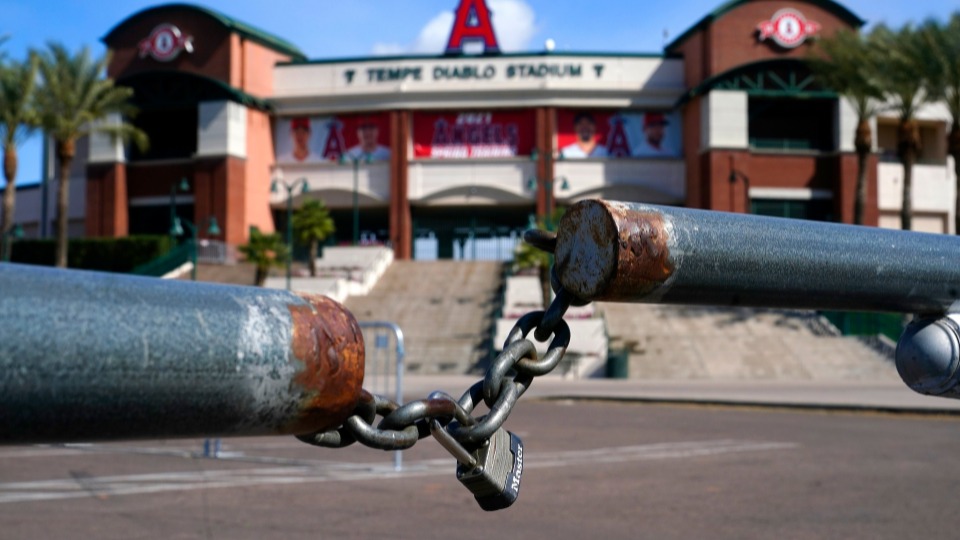
JUPITER, Fla. (PAI)—Talks between the Major League Baseball Players Association and the major leagues’ 30 owners actually speeded up the last week in February, as the owners’ lockout impact—and an end-of-month deadline—threatened the scheduled March 31 start of the regular season.
The impact really hit home, at least for fans, when, on Feb. 18, the owners canceled the start of spring training games, over the protests of the MLBPA.
Since the lockout began on Dec. 2, the day after the old contract expired, the two sides have met seven times. None of the first six lasted more than 30 minutes and all ended with owners’ negotiators walking out. The seventh, on Feb. 21, in Jupiter, Fla., lasted 75 minutes spread over five hours, with little movement. Further sessions were scheduled daily.
After the owners’ last such walkout, the owners demanded the two sides agree on mediation. Given the bosses’ track record in these talks, the MLBPA said “no.”
“MLB announced today it ‘must’ postpone the start of spring training games. This is false,” the union posted on its Twitter feed after the bosses’ latest announcement.
“Nothing requires MLB to delay the start of spring training, just like nothing required the league’s decision to implement the lockout in the first place. Despite these decisions by the league, the players remain committed to the negotiating process.”
The two sides are far apart on several key issues.
- One is how much to pay younger players who have yet to reach free agency, but who are responsible for an increasing share of the sport’s production and popularity. Free agency occurs after six years of service time.
- Another is when those younger players, with fewer than three years of service time, would become eligible for arbitration, which is their first real chance to get a raise once they reach the major leagues.
- A third is to fix the “luxury tax” system which requires richer clubs, notably both New York teams, both Los Angeles teams, and the Boston Red Sox, to pay a “tax” on any total payroll over a set figure.
The tax has two aims: One is to curb spending by the big-money teams. The other is to redistribute the tax proceeds to small-market teams—such as the Cincinnati Reds, the Pittsburgh Pirates, the Minnesota Twins, and the Kansas City Royals—to put them on a more equal financial footing, thus letting them bid for high-priced stars.
Neither has worked as planned, and the MLBPA wants to change the tax so they do. Right now, the big spenders, flush with cable TV revenue, ignore the tax, and the small-market teams take the money and sit on it. MLBPA wants to both raise the luxury tax floor and implement a mechanism to force the small-market teams to compete.
Fans who tweeted on the split differ on whom to blame. Many, mindlessly, call for the season to start or demand the players kowtow to the owners.
Others, citing the lockout, blame the owners. “They can end the lockout whenever they want,” realtor Maren Messenger tweeted about the bosses. And fellow tweeter Chris Dixon, a self-described Yankees fan, added about the owners, “They didn’t lock out the players to get a solution. They did it to break the union.”












Comments